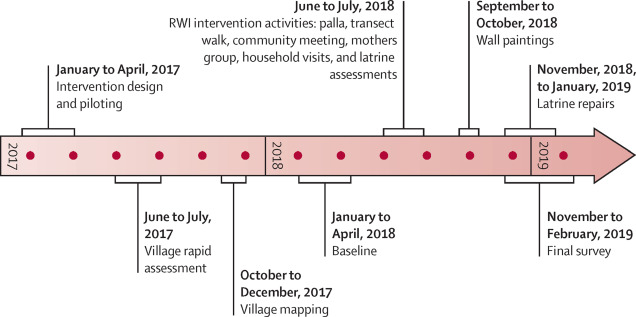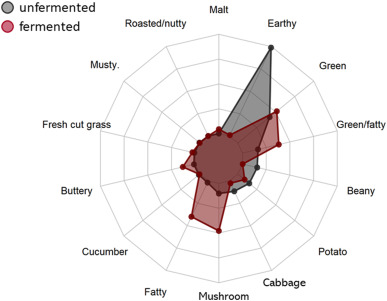This paper addresses pharmaceutical detection in groundwater.
This study supports SDGs 3 and 6 by investigating a low-cost behavioural intervention designed to increase latrine use and safe disposal of child faeces in India. The study found the intervention modestly increased latrine use and markedly increased safe disposal of child faeces in the short term, but was unlikely to reduce exposure to pathogens to a level necessary to achieve health gains.
Elsevier,
Theranostics and Precision Medicine for the Management of Hepatocellular Carcinoma, Volume 1 - Biology and Pathophysiology, 2022, Pages 257-285
This chapter aligns with the SDG goal 3 of good health and wellbeing by showing the current view of the pathogenesis of HBV and HCV along with the report on their relation to the genotypes.
This paper presents a water resilience assessment framework that includes a set of resilience indicators that will guide in building urban water resilience.
Evaluates prognostic factors for sex differences in lung cancer survival.
Research looking into the disparities between male and female researchers in hematology
This study investigates how the sources of carbon emissions affect life expectancy. The study sample includes 68 developing and emerging economies for the period 1990-2017. Disaggregated analysis is performed on: (1) emissions sources; (2) income groups. A negative nexus between life expectancy and CO2 emissions exists for emerging ones. However, CO2 emissions seem to improve the life expectancy for developing countries.
Research4Life has been providing free and low-cost access to scientific research in the developing world for 20 years. Read this insightful story about the history of Research4Life, and its new strategy for the future with the aim to help researchers in the developing world fully participate in the global research community. This relates to SDG 4, 10 & 17.
Plant proteins can serve as inexpensive and environmentally friendly meat-replacements. However, poor taste characteristics and relatively low nutritional value prevent their full acceptance as meat substitutes. Fermentation of food has been historically used to improve the quality of foods. In this work we describe the improvement in digestibility, nutritional value, physical properties, and organoleptic characteristics, of a pea and rice protein concentrate blend through fermentation with shiitake mushroom mycelium.



